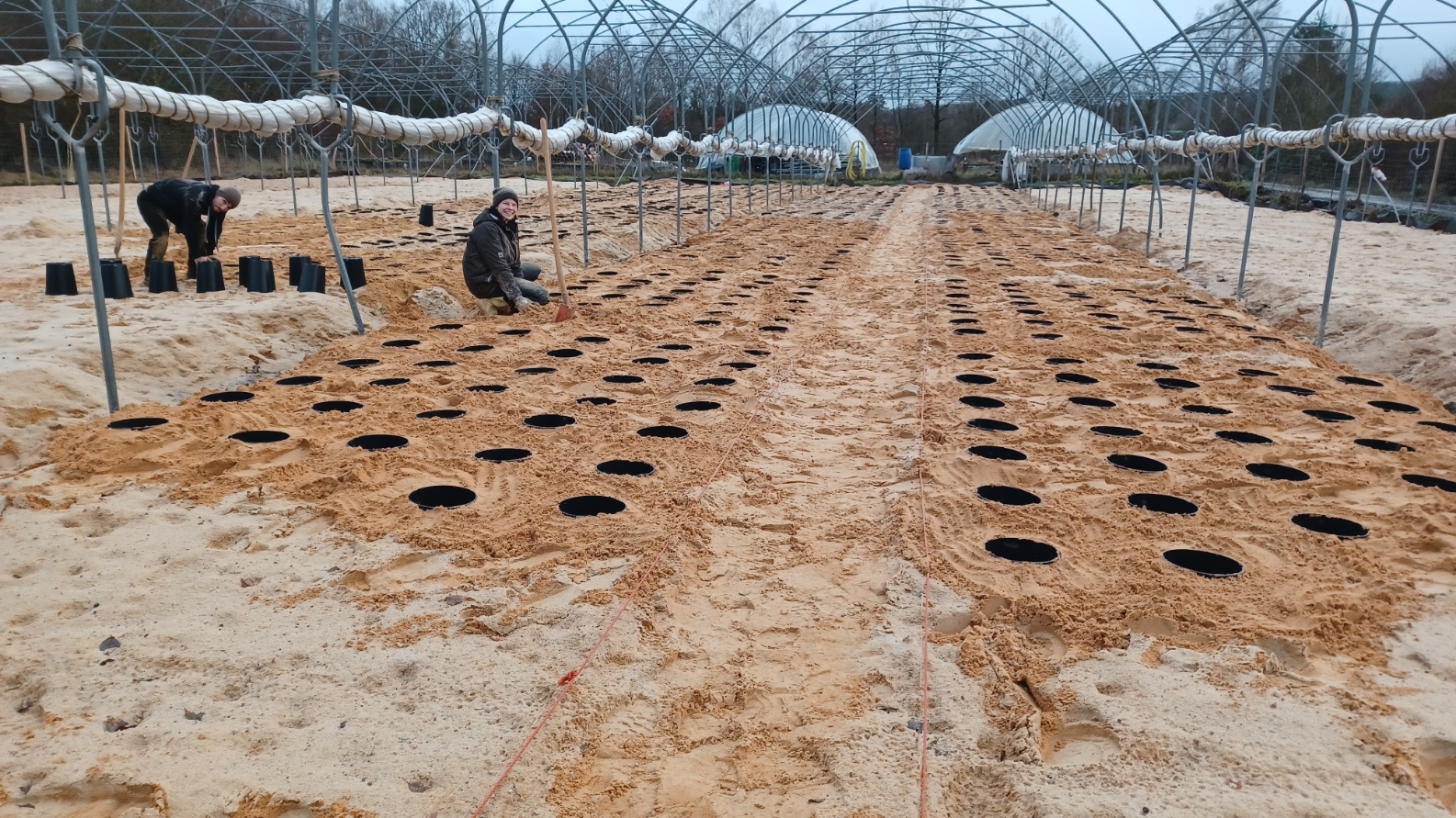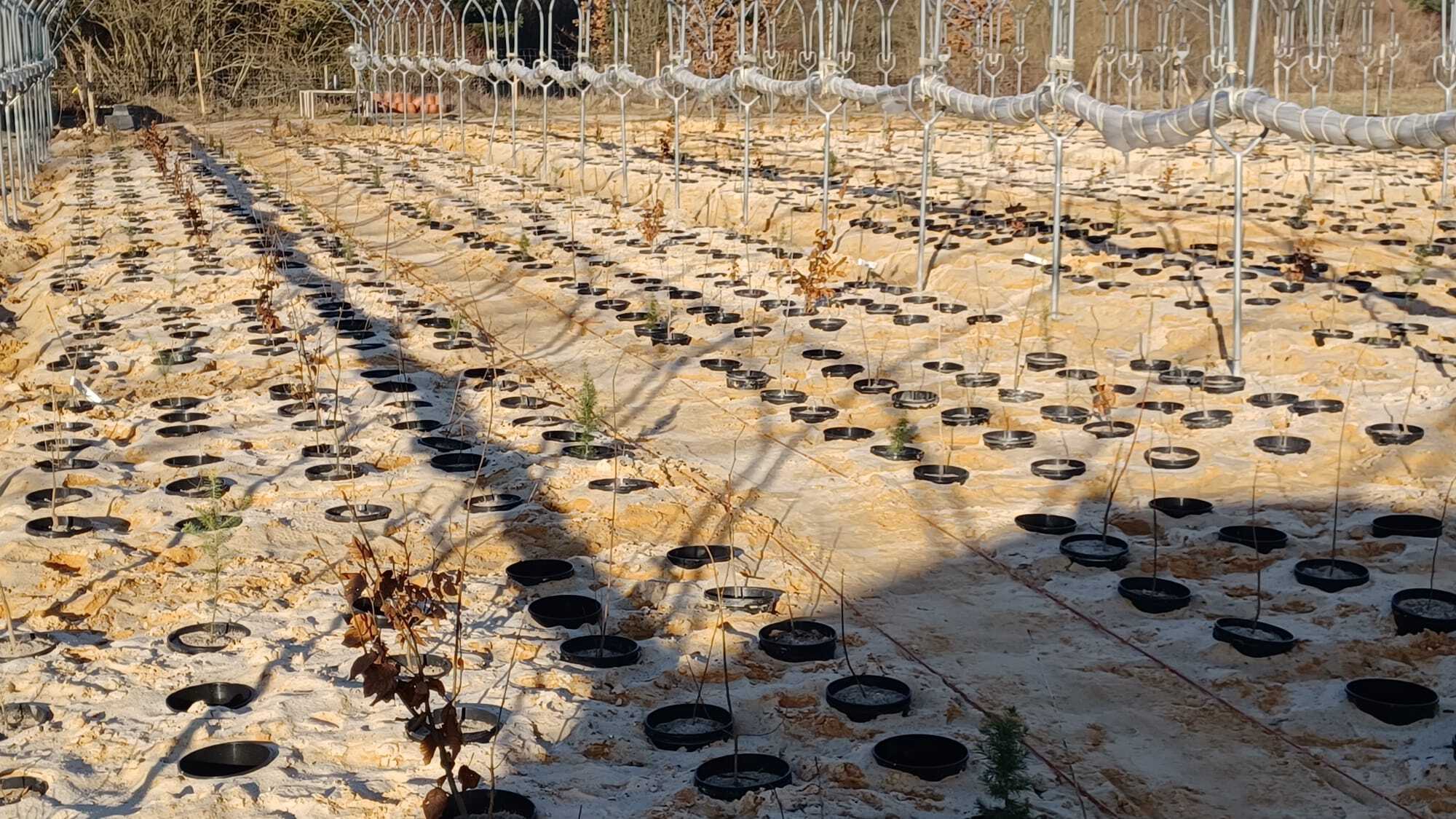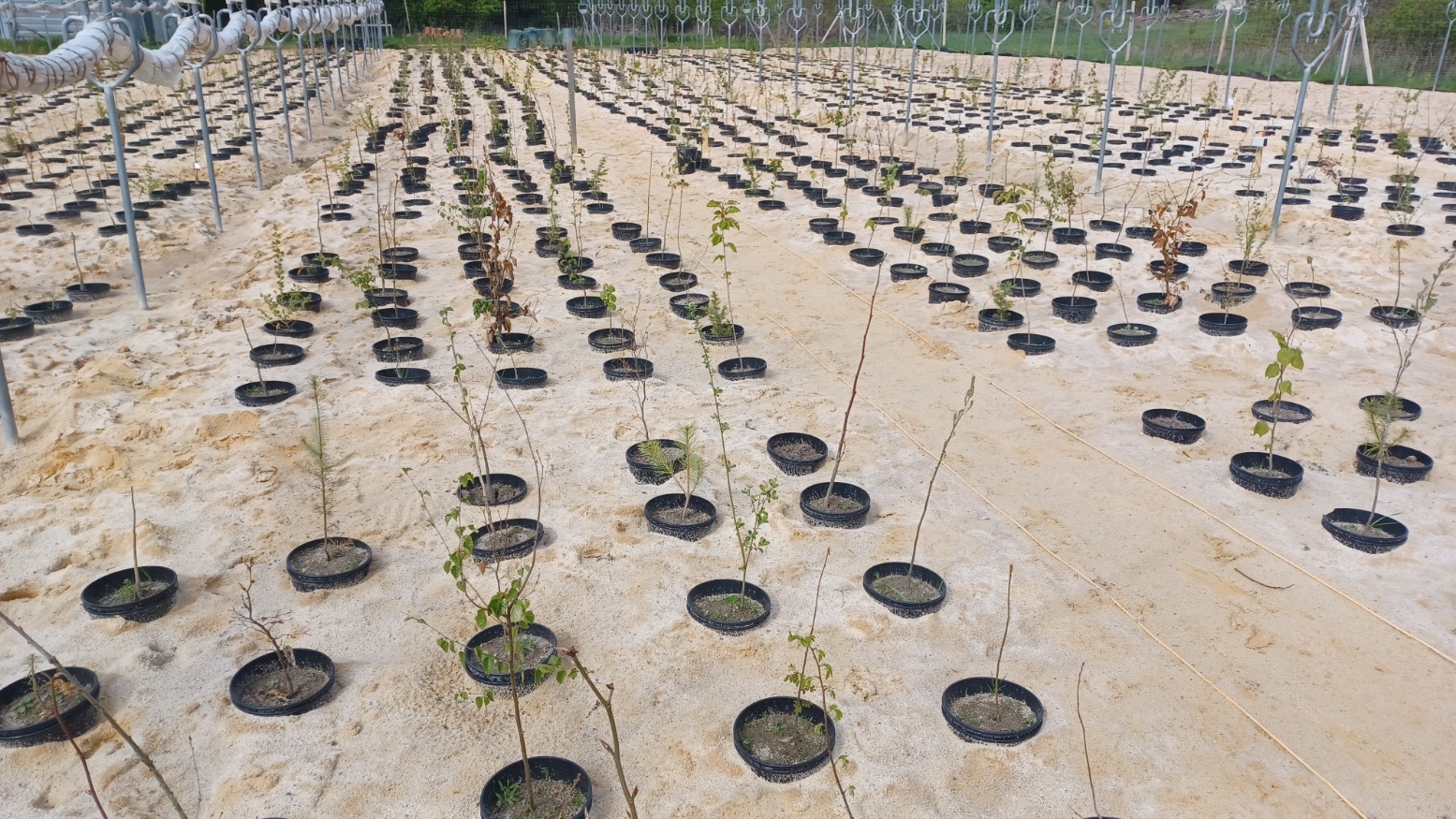Resistance of tree species to late frost and drought
interaction of different weather extremes
Project handle: KlifW026
Project sponsor: Bayerisches Staatsministerium für Ernährung, Landwirtschaft, Forsten und Tourismus StMELF
Project holder: University of Bayreuth; Department of Disturbance Ecology and Vegetation Dynamics - Prof. Dr. Anke Jentsch, Dr. Andreas von Heßberg
Project duration: 01.09.2023 – 31.08.2026
Key words:Climate change, disturbance ecology, drought stress, drought sensitivity, late frost, alternative tree species, resilience, resistance, tolerance, risk assessment, ecophysiology.
Aim of this Project: Investigation of the resistance and tolerance of forestry-suitable alternative tree species (young plants) to late frost and summer drought (extreme climatic events) by biometric, leaf chemical and phenological measurements.
Introduction: There are only a limited number of forest tree species available in Central Europe that can withstand the future climate in Central Europe and especially in the different climate zones of Bavaria and are relevant for forestry. The increasingly pronounced dry periods during the vegetation period on the one hand and the increasing risk of massive late frost damage on the other play decisive eco climatological roles.
What is NEW about the project: :
What is special about this research project is the fact that, for the first time, manipulated late frosts and summer drought are being combined in a large-scale experimental approach and that this is not taking place in a field trial, but under controlled conditions. In addition to the purely plant-physiological observations, this project is particularly interested in the question of whether stressors such as late frost or drought can be recorded both qualitatively and quantitatively. Another question of interest is whether the treated trees memorise the disturbance impulses and give a corresponding signal after regeneration, for example through adapted leaf/needle physiology.
Methods: The research project takes place on an experimental area (50 m x 60 m) in the Ecological-Botanical Garden of the University of Bayreuth. Twenty-nine different tree species of forestry relevance (possibly in the future) and two tree species of Atlantic and continental origin (33 in total) were selected. All trees are two to three years old and from defined origins. All young trees were planted in pots that are large enough for the three years of the project. As this is a gradient design, we do not work with repetitions, but with gradual changes in the manipulated disturbance variables (frost/drought). The combination of five different frost severities (-2°c to -14°C) and eight different drought scenarios (from watering 1x/week to watering 1x in 8 weeks) and the corresponding control groups results in a total of 70 treatment groups (the control groups are taken in duplicate). Each treatment group consists of the 33 tree species/crops. Thus, we have 2310 pots with young trees in this experiment. We manage the late frost event with a frost truck that can be set to the exact temperature required. This allows us to simulate a typical late frost night that can occur in Central Europe at the end of April / beginning to mid-May. After a 2 to 3-week regeneration phase, large foil roofs are erected over the 70 treatment groups. All groups therefore receive the dry treatment - only the drought control groups are watered twice a week. However, two control groups are also placed outside the greenhouse films for comparison.
Status Quo 20.4.2024:The refrigerated truck will be brought in next week and the frost treatment will be carried out from Thursday evening (25 April) to Tuesday morning (30 April).




